Dr Carol Bernstein examines the role of increased bile acids in gastrointestinal cancers, including colon cancer.
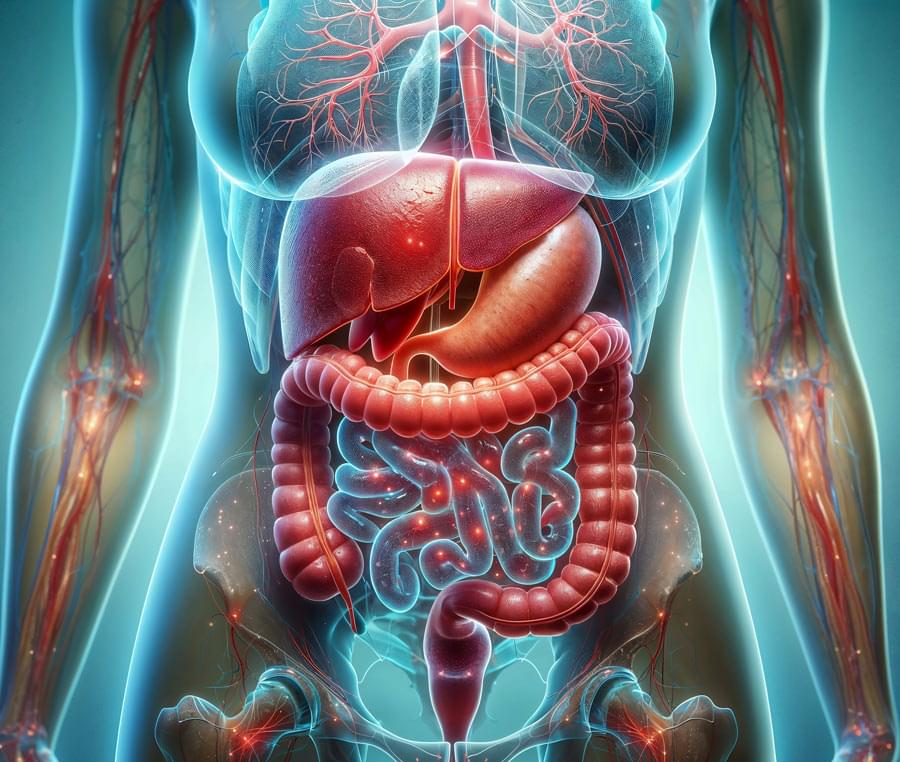

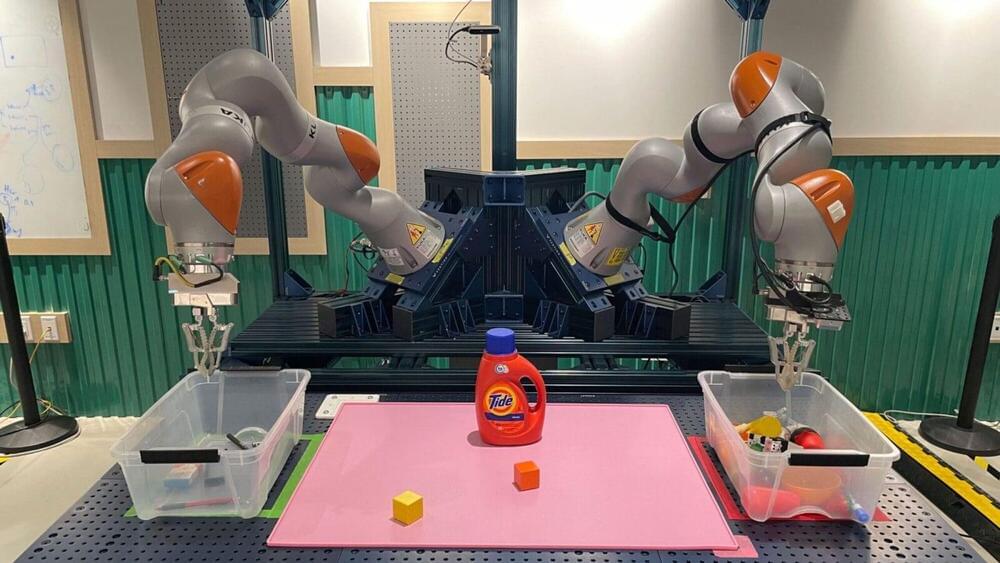
Teaching robots to ask for help is key to making them safer and more efficient.
Engineers at Princeton University and Google have come up with a new way to teach robots to know when they don’t know. The technique involves quantifying the fuzziness of human language and using that measurement to tell robots when to ask for further directions. Telling a robot to pick up a bowl from a table with only one bowl is fairly clear. But telling a robot to pick up a bowl when there are five bowls on the table generates a much higher degree of uncertainty — and triggers the robot to ask for clarification.
Because tasks are typically more complex than a simple “pick up a bowl” command, the engineers use large language models (LLMs) — the technology behind tools such as ChatGPT — to gauge uncertainty in complex environments. LLMs are bringing robots powerful capabilities to follow human language, but LLM outputs are still frequently unreliable, said Anirudha Majumdar, an assistant professor of mechanical and aerospace engineering at Princeton and the senior author of a study outlining the new method.
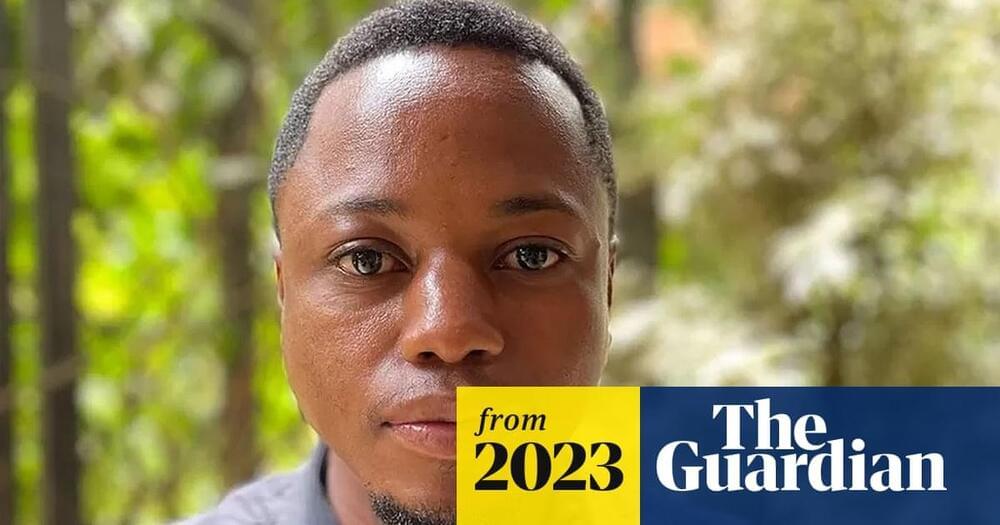

Erwan Plantec, Joachin W.Pedersen, Milton L.Montero, Eleni Nisioti, Sebastian Risi ITU Copenhagen 2024 https://arxiv.org/abs/2406.
OpenRead & Notes Taking.
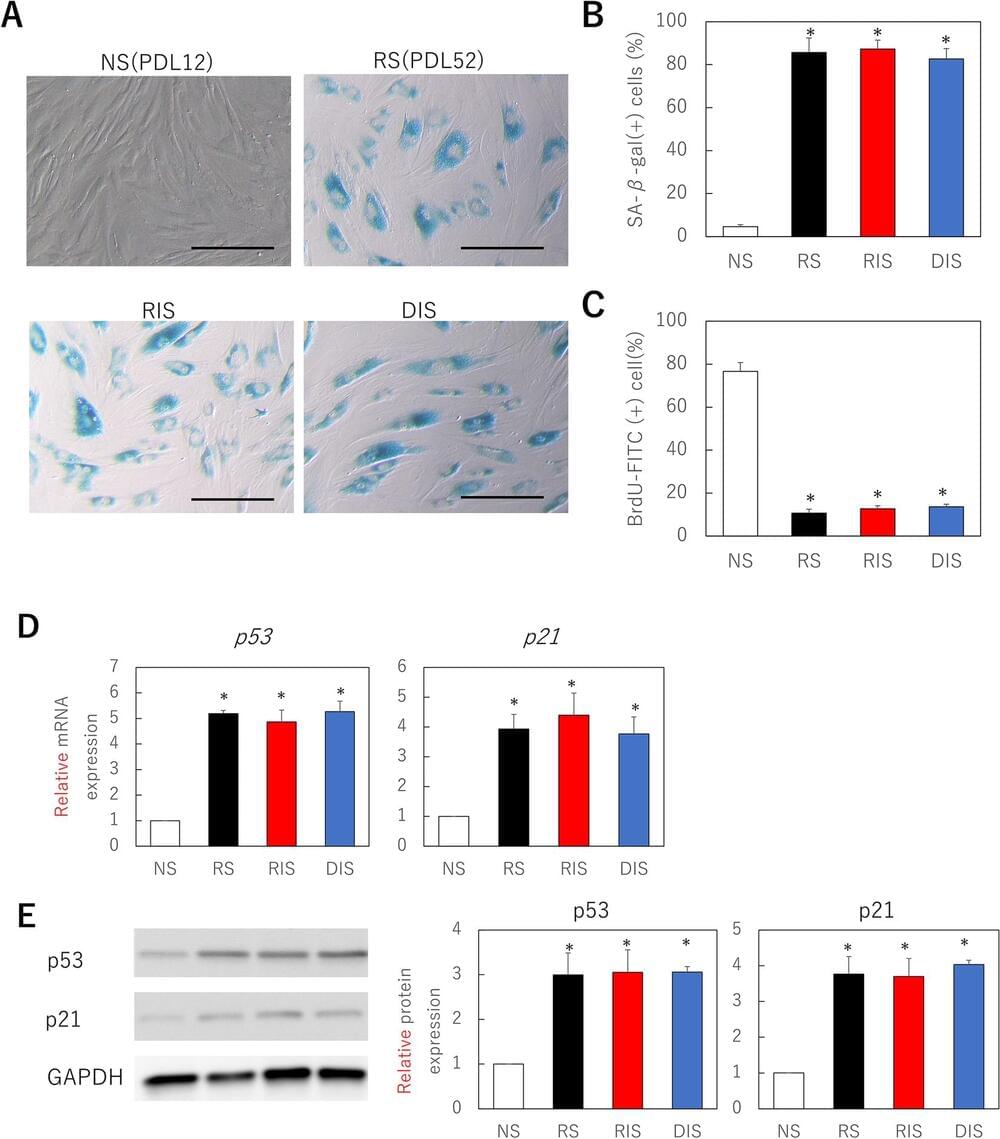
The skin’s protective functions are compromised over time by both endogenous and exogenous aging. Senescence is well-documented in skin phenotypes, such as wrinkling and sagging, a consequence of the senescence-associated secretory phenotype (SASP) that involves the accumulation of senescent fibroblasts, chronic inflammation, and collagen remodeling. Although therapeutic approaches for eliminating senescent cells from the skin are available, their efficacy remains unclear. Accordingly, we aimed to examine the effects of dasatinib in combination with quercetin (D + Q) on senescent human skin fibroblasts and aging human skin. Senescence was induced in human dermal fibroblasts (HDFs) using approaches such as long-term passaging, ionizing radiation, and doxorubicin treatment. The generated senescent cells were treated with D + Q or vehicle.

Researchers from Sinai Health and the University of Toronto have gleaned new insights into how thyroid cancer could be more effectively treated.
The study, which looked at thyroid tumor tissues and thyroid nodule biopsies from 620 patients at Mount Sinai Hospital from 2016 to 2022, examined whether differences in patients’ RAS genomic variants were reflected in the status of their tumors. It also investigated the presence of the variant BRAF V600E and TERT promoter variants in the patient’s samples.
Researchers ultimately concluded that differences in RAS in combination with BRAF V600E and TERT promoter variants could be used to arrive at more accurate cancer diagnoses in patients with indeterminate thyroid nodules.
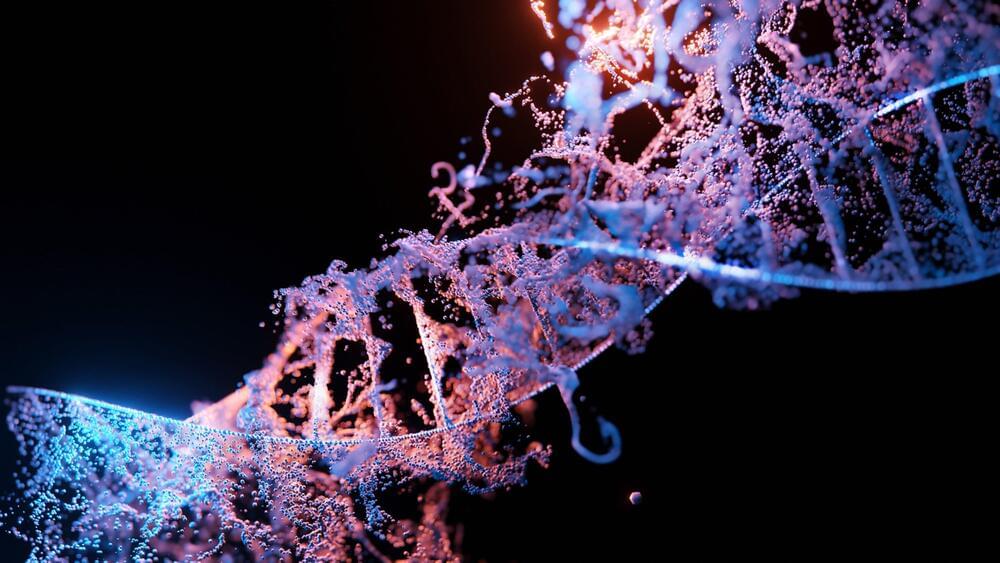
Treating cancer can sometimes feel like a game of Whac-A-Mole. The disease can become resistant to treatment, and clinicians never know when, where and what resistance might emerge, leaving them one step behind. But a team led by Penn State researchers has found a way to reprogram disease evolution and design tumors that are easier to treat.
They created a modular genetic circuit that turns cancer cells into a “Trojan horse,” causing them to self-destruct and kill nearby drug-resistant cancer cells. Tested in human cell lines and in mice as proof of concept, the circuit outsmarted a wide range of resistance.
The findings were published today, July 4, in the journal Nature Biotechnology. The researchers also filed a provisional application to patent the technology described in the paper.
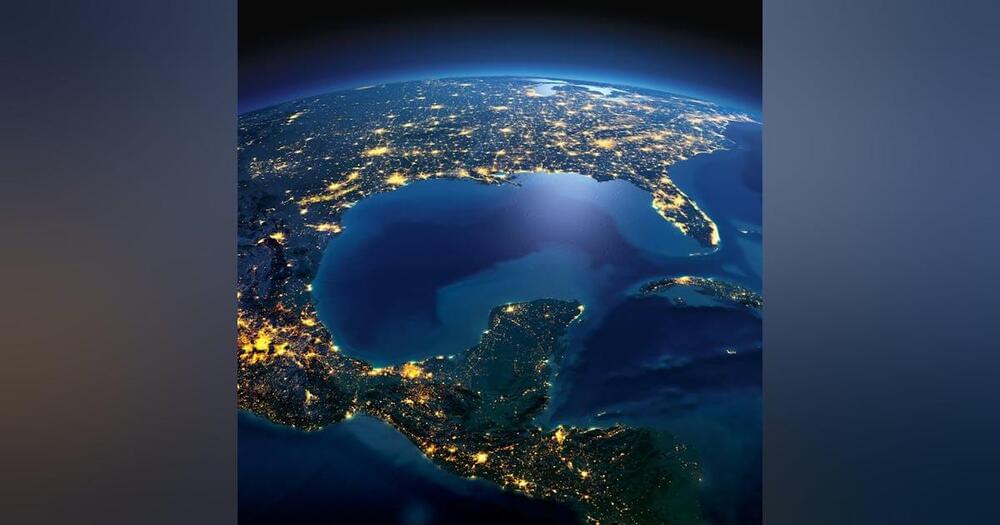
WASHINGTON — The National Aeronautics and Space Administration (NASA) has announced that the agency is seeking assistance from industry as it begins a study into its Geostationary Littoral Imaging and Monitoring Radiometer (GLIMR) Access to Space (ATS) approach.
The GLIMR mission aims to provide transformative rapid observations of dynamic coastal zone ecosystems throughout the Gulf of Mexico (GoM) and coastal continental U.S. (CONUS). Its goal is to observe and monitor ocean biology, chemistry, and ecology to help protect ecosystem sustainability, improve resource management, and enhance economic activity. This includes identifying and tracking harmful algal blooms and oil spills, while also observing, quantifying, and understanding processes associated with rapid changes in phytoplankton growth.
The GLIMR ATS scope is expected to include several key components and activities: the spacecraft itself, the launch vehicle, the integration and testing of the GLIMR payload with the spacecraft, and the integration of the spacecraft with the launch vehicle and subsequent launch. It will also cover the command uplink from the industry-provided Mission Operations Center (MOC), the downlink of GLIMR engineering and science telemetry to industry-allocated ground stations, and the delivery of error-checked GLIMR data to various mission partners. Additionally, it encompasses all related tasks and support required during the planned GLIMR Mission, such as pre-launch planning, launch support, in-orbit check-out, and operations.
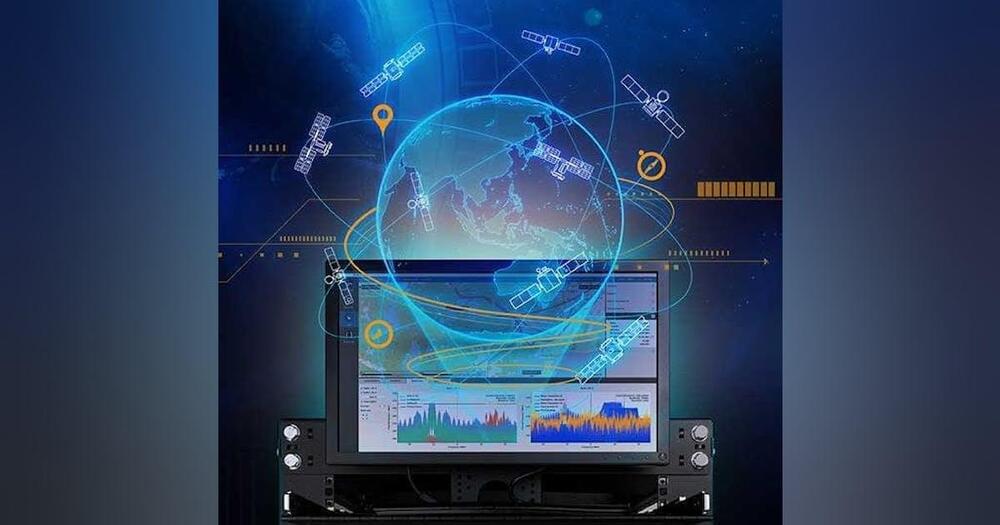
ABERDEEN PROVING GROUND, Md. – U.S. Army electronic warfare (EW) experts are reaching out to industry for new ways to design electronic payloads that counter enemy positioning, navigation, and timing (PNT).
Officials of the Army Contracting Command at Aberdeen Proving Ground, Md., issued a request for information (W56KGURTI-24-R-1001) on Friday for the Counter-PNT Navigation Warfare Defeat project.
Counter-PNT seeks to defeat enemy satellite navigation and timing systems, such as the U.S. Global Positioning System (GPS), which are essential for navigation, communications, weapons guidance, surveillance, transportation, and financial transactions.
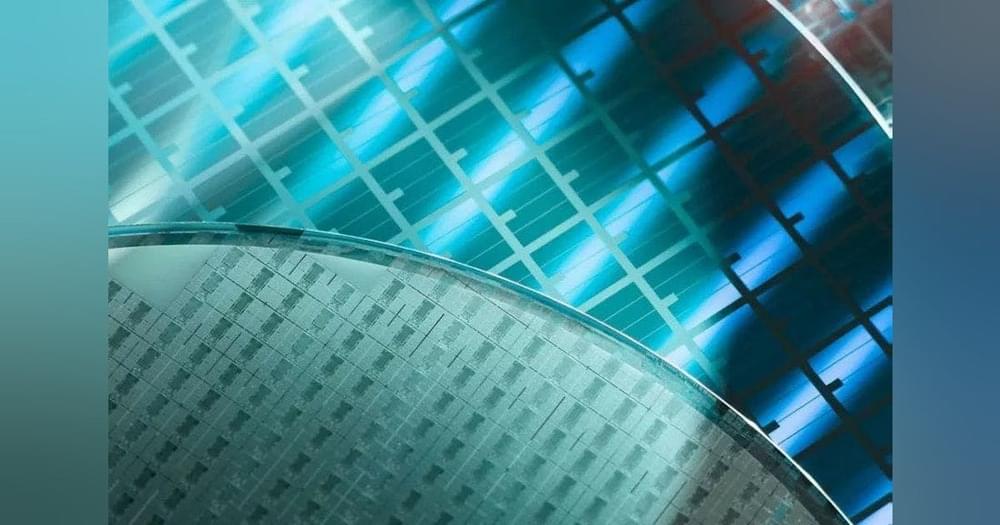
CHARLOTTE, N.C. – Honeywell Inc. in Charlotte, N.C., will acquire CAES Systems Holdings LLC in Arlington, Va., to boost Honeywell’s electromagnetic military technologies for RF signals management under terms of a $1.9 billion cash deal.
This acquisition, announced last Thursday, will enhance Honeywell’s defense technologies in critical military systems like the F-35 and EA-18G military aircraft, the AMRAAM and GMLRS military weapons, radar, and uncrewed systems.
Combining the two companies also can boost capabilities in radiation-hardened integrated circuits for applications ranging from military nuclear forces to so-called rad-tolerant electronic components for commercial new space uses.